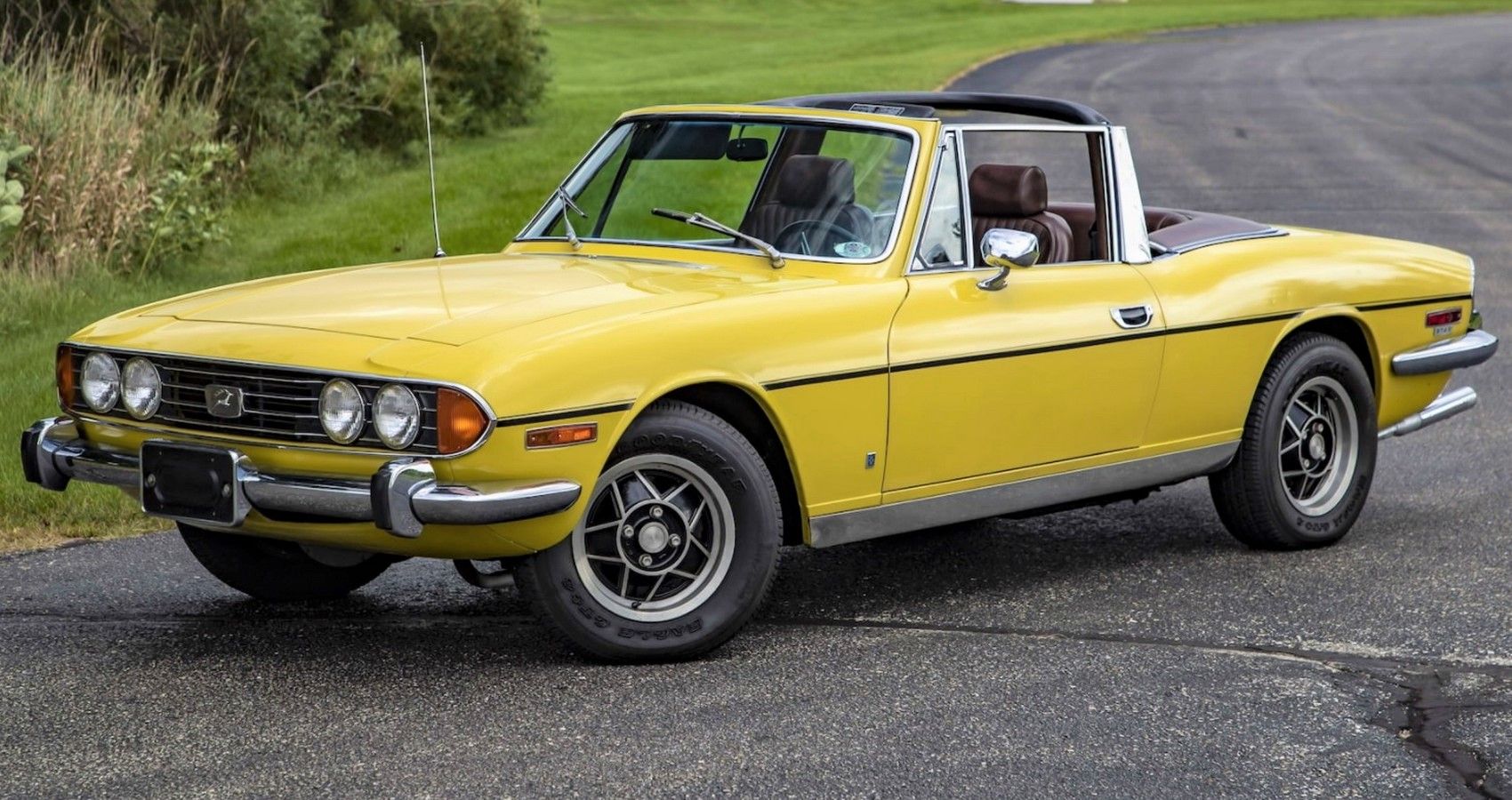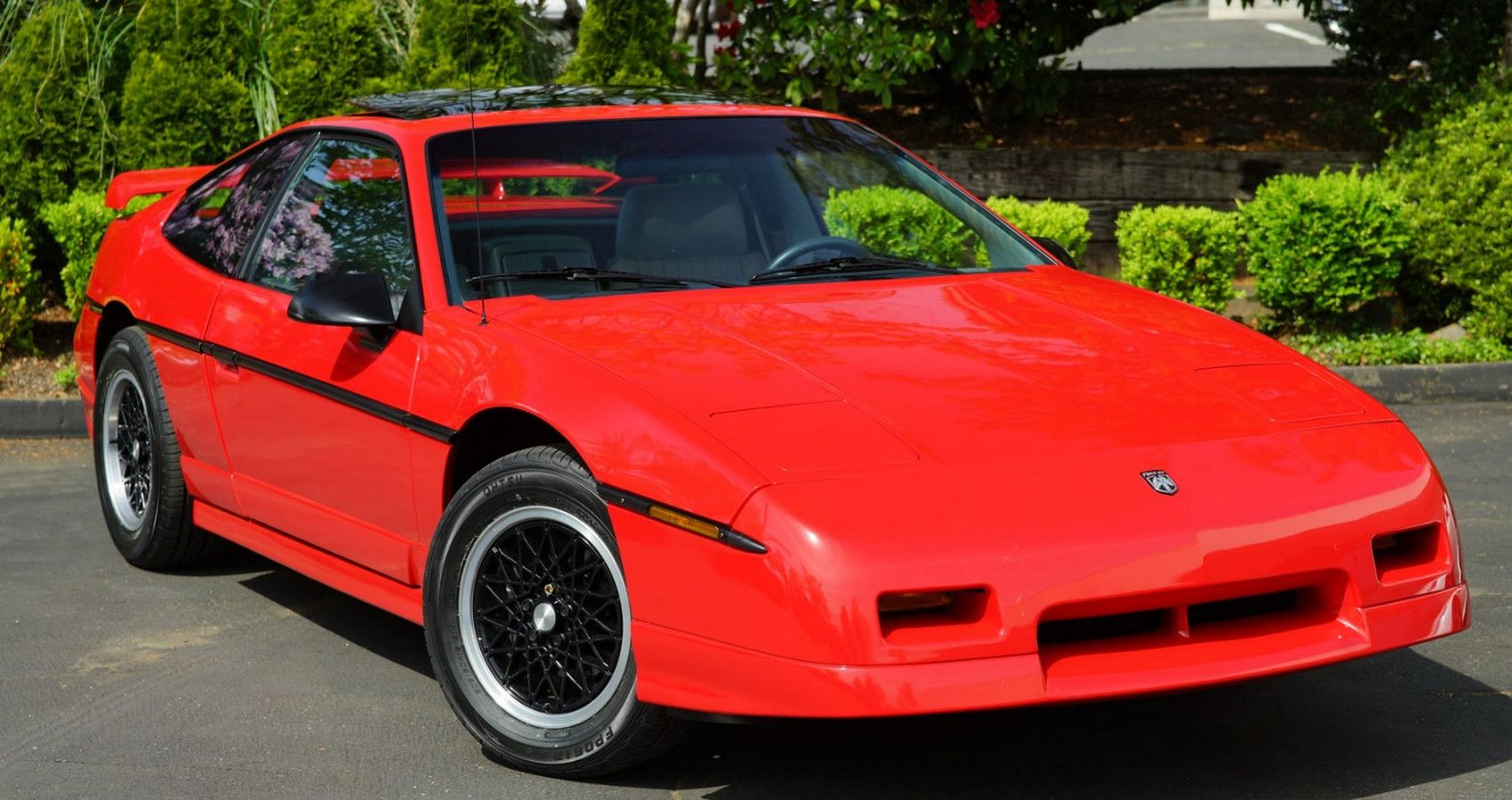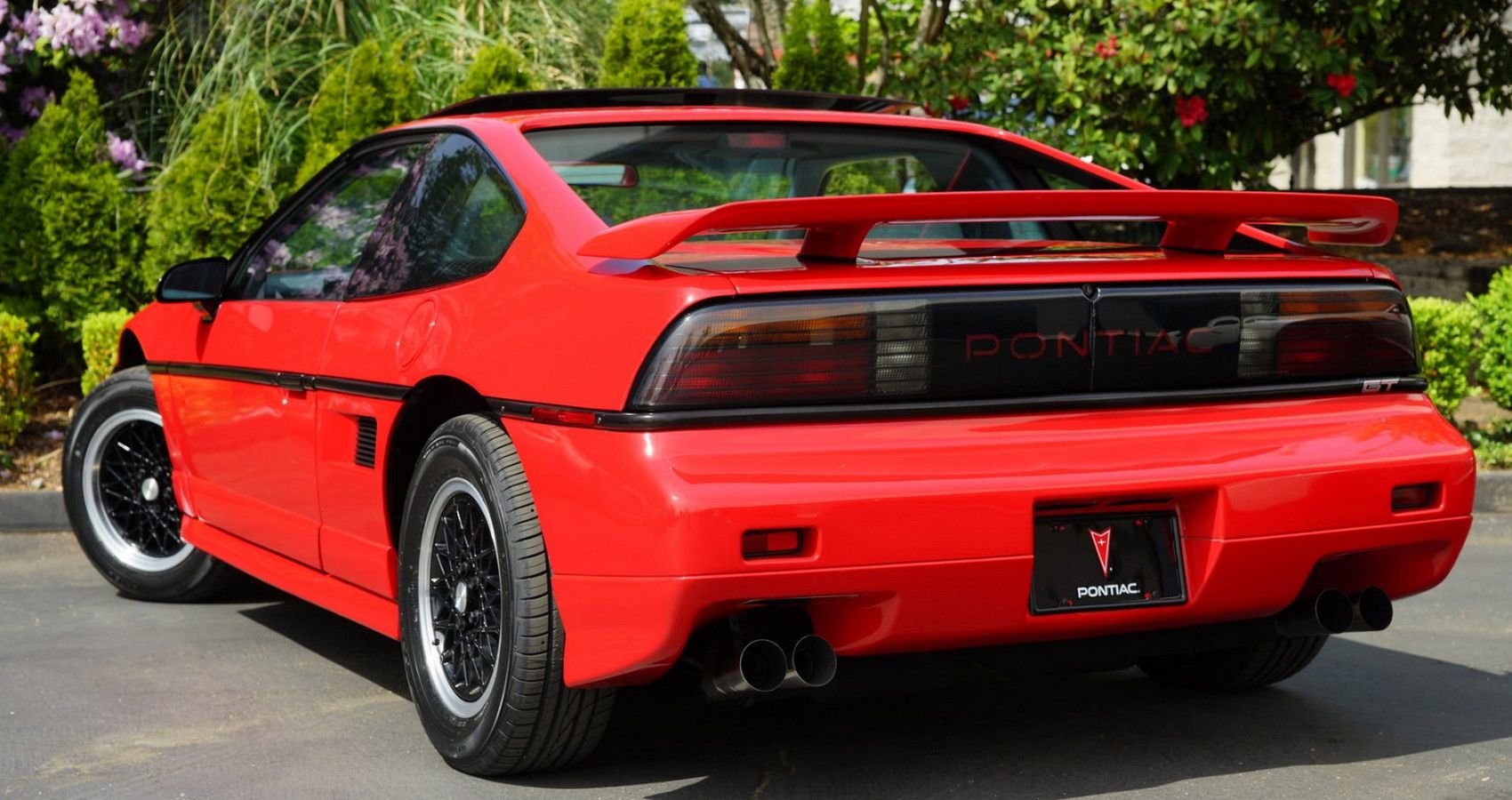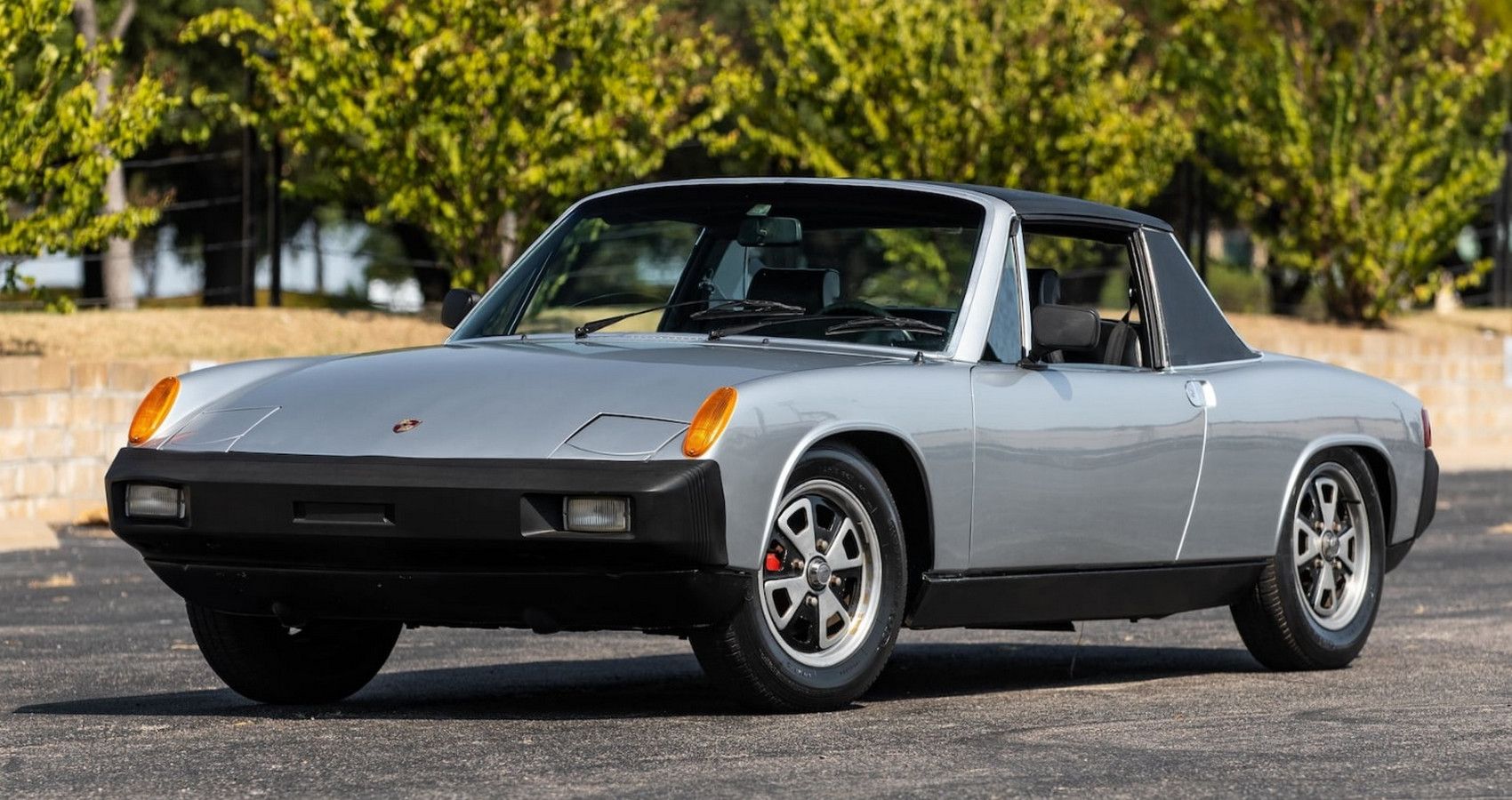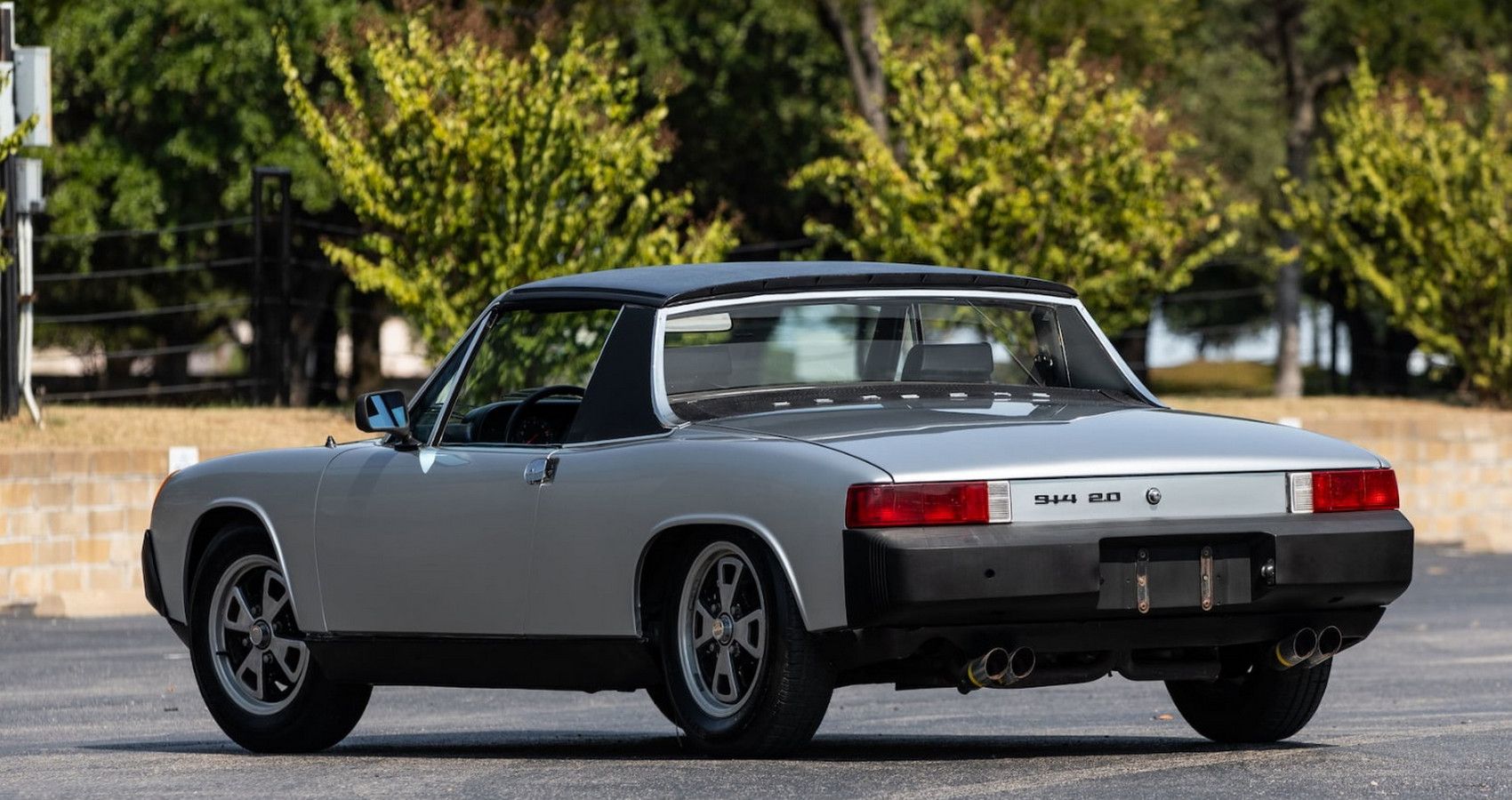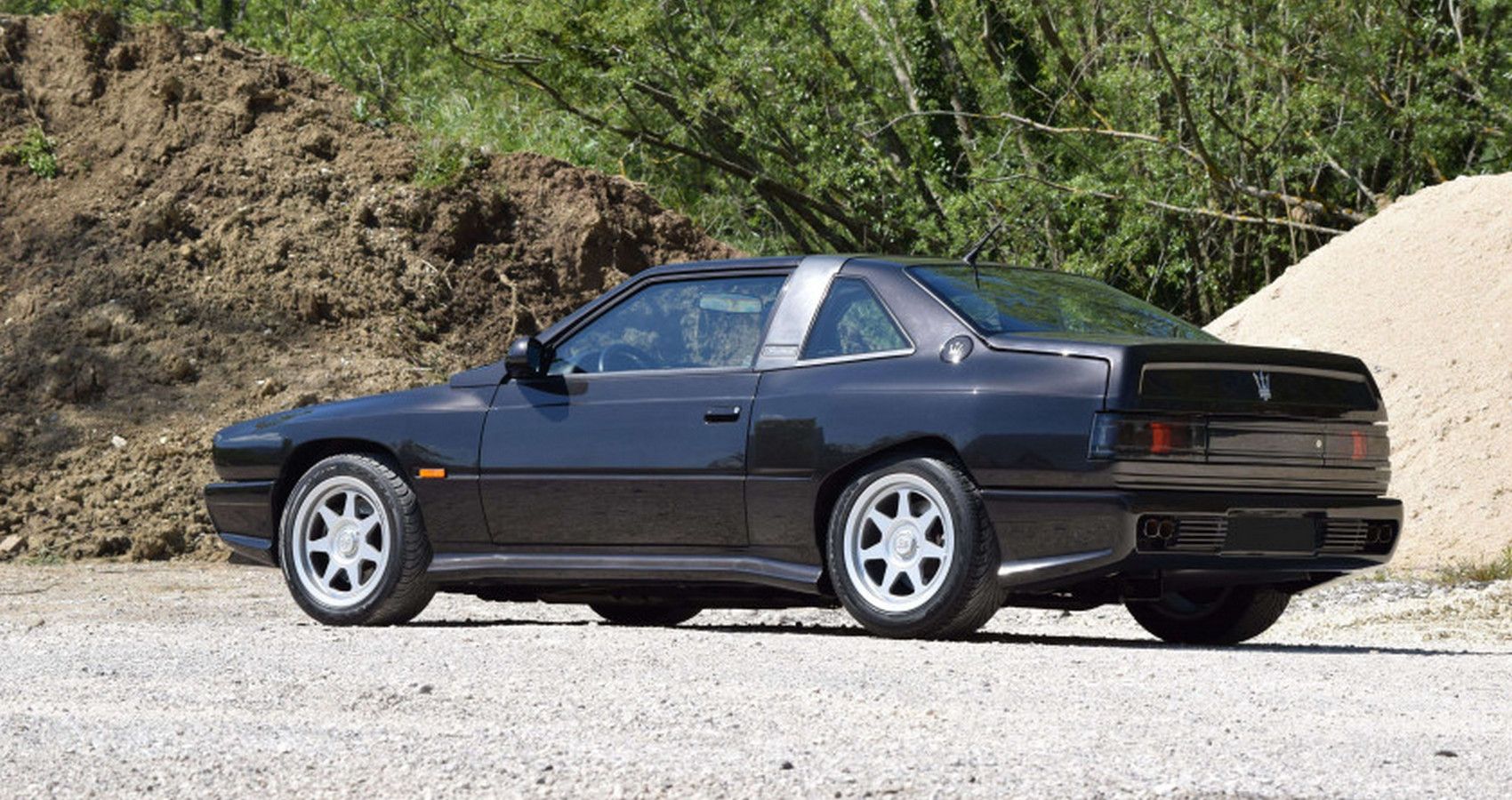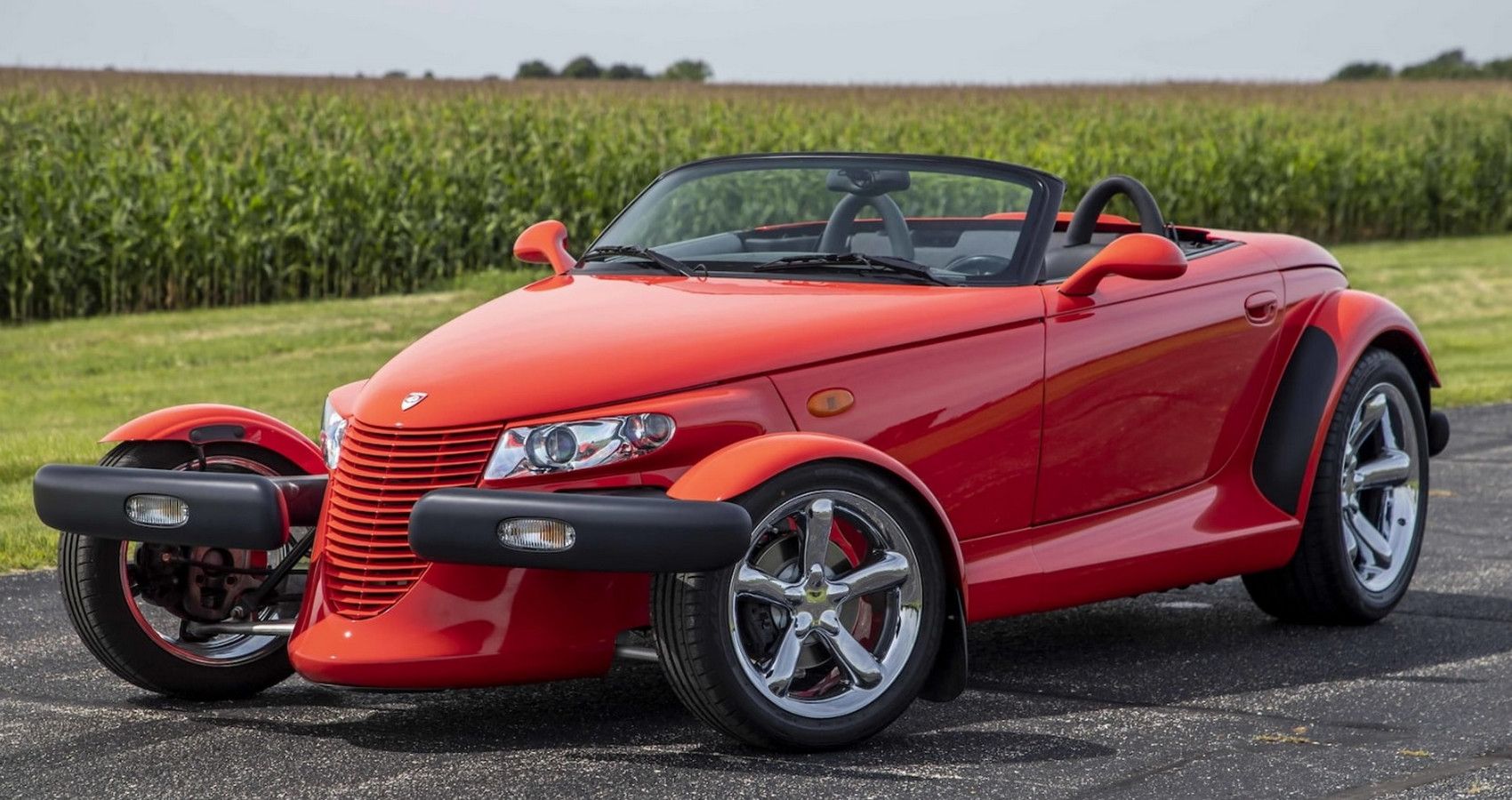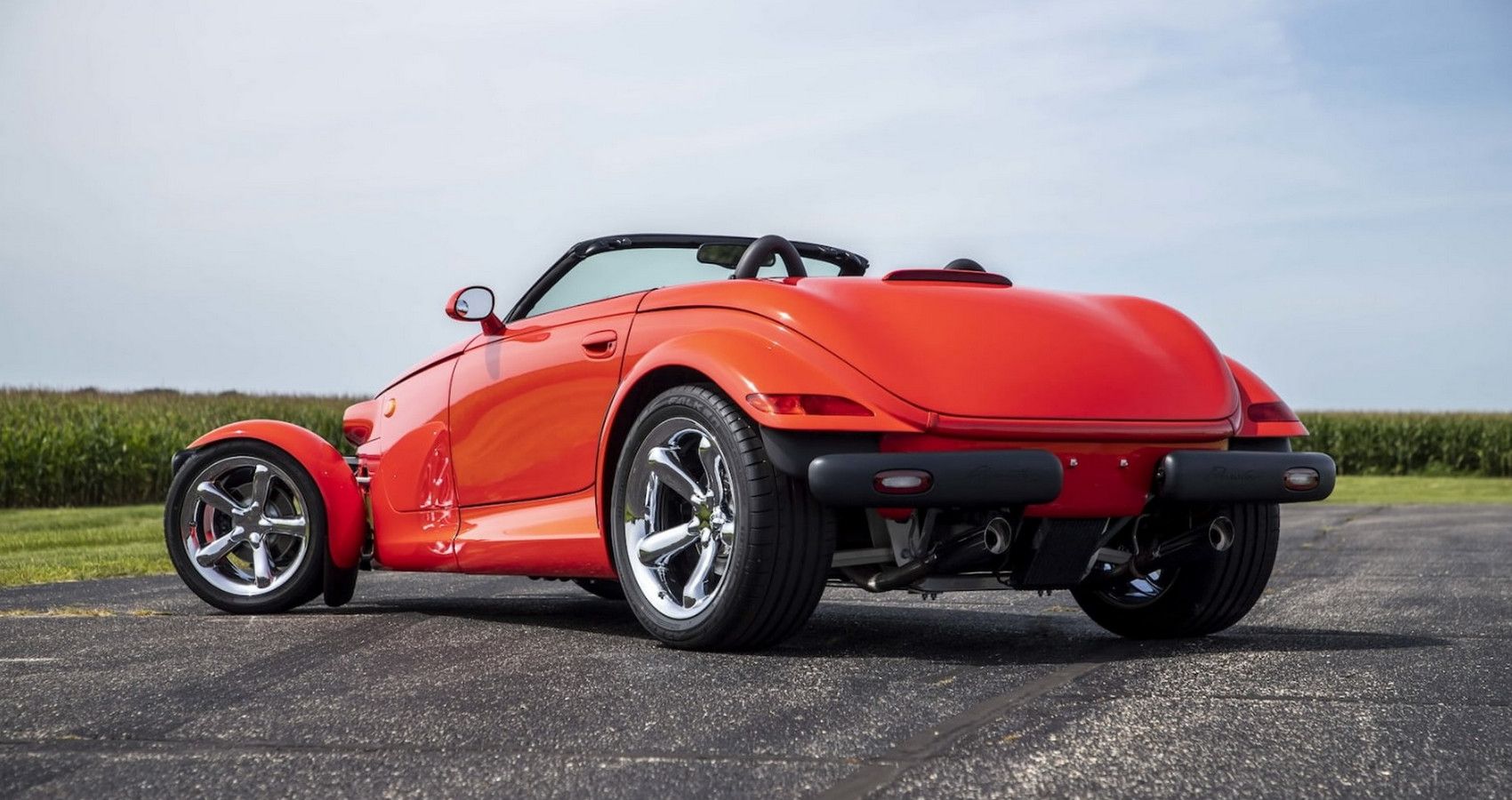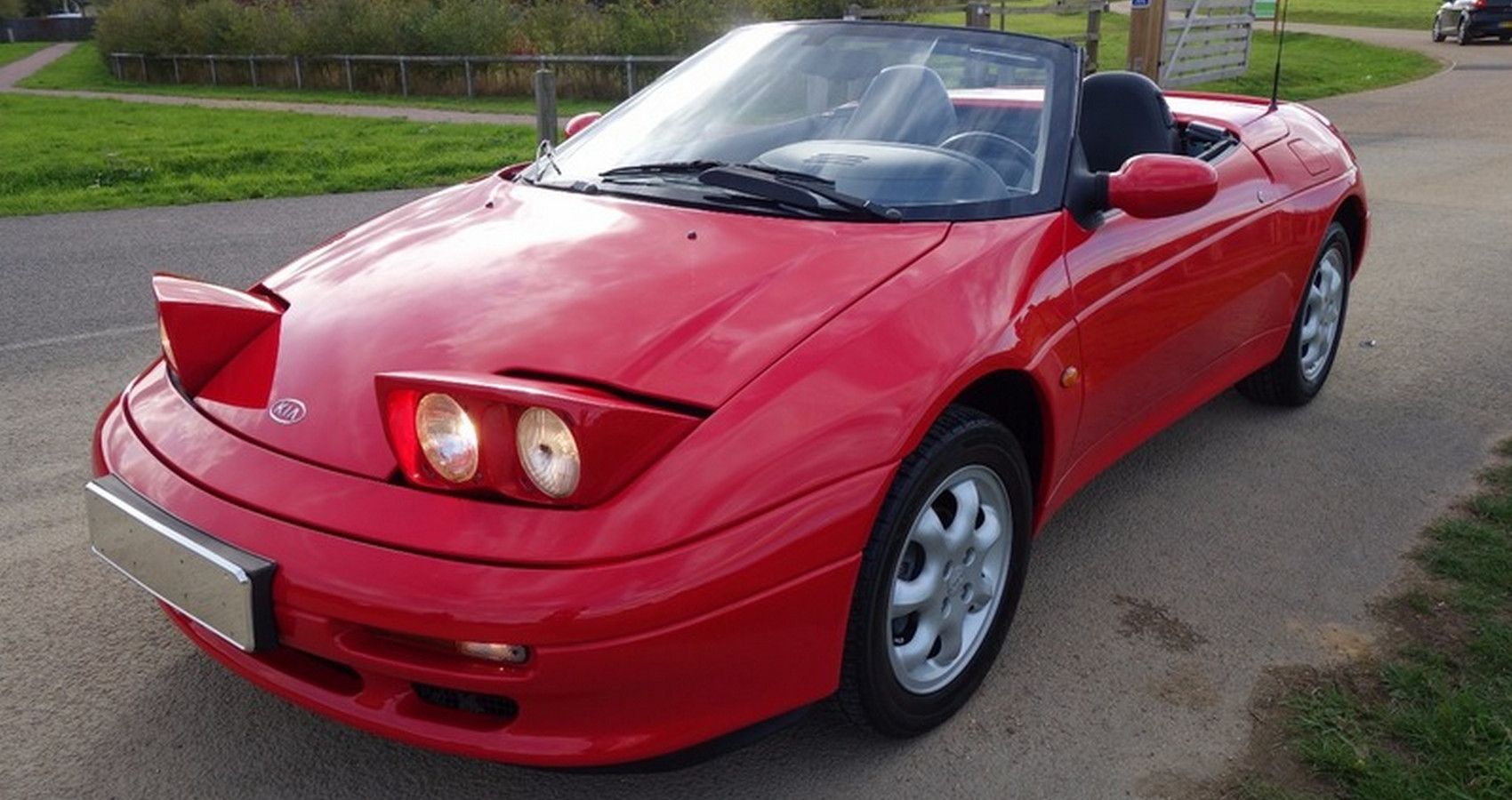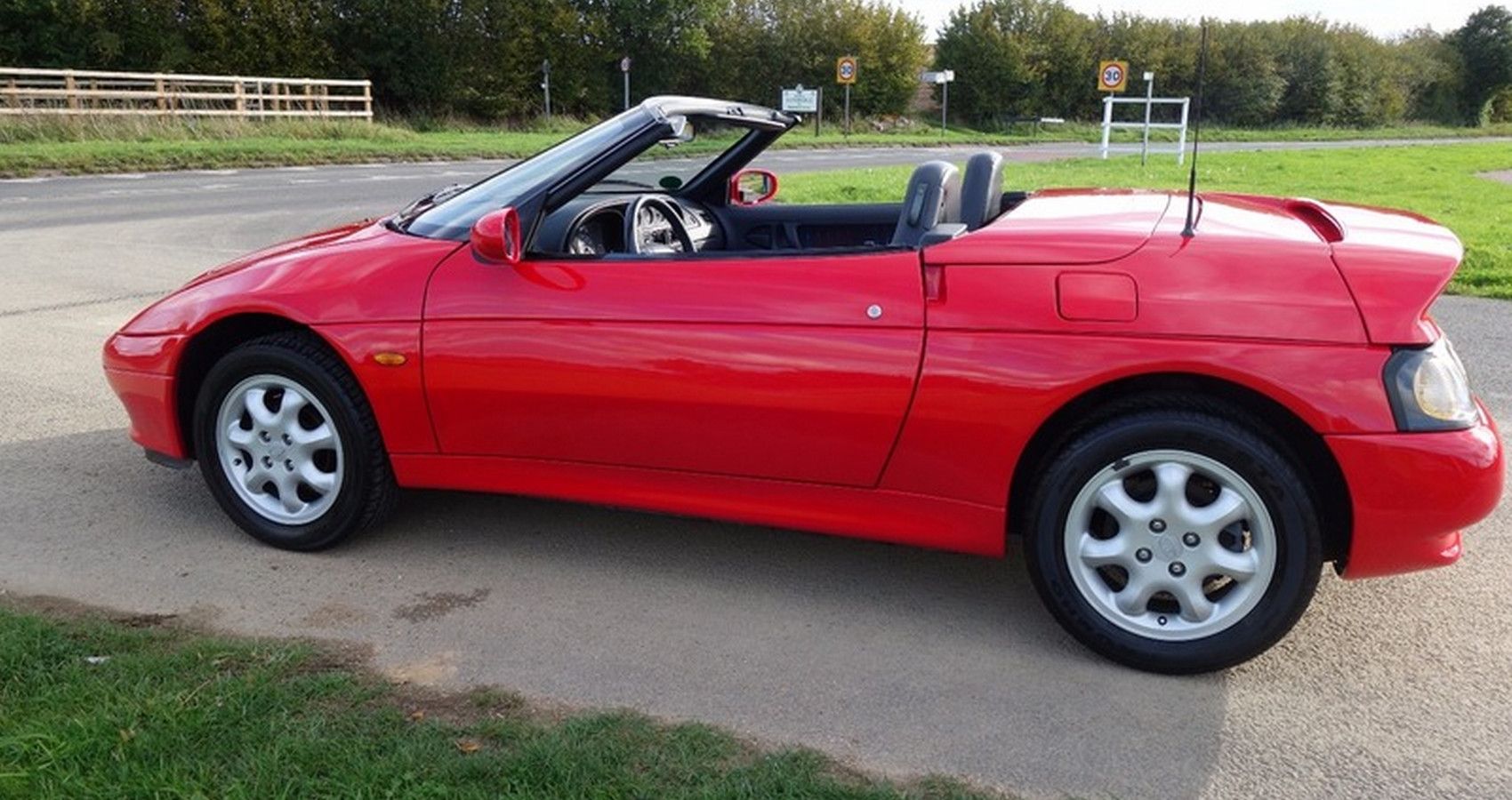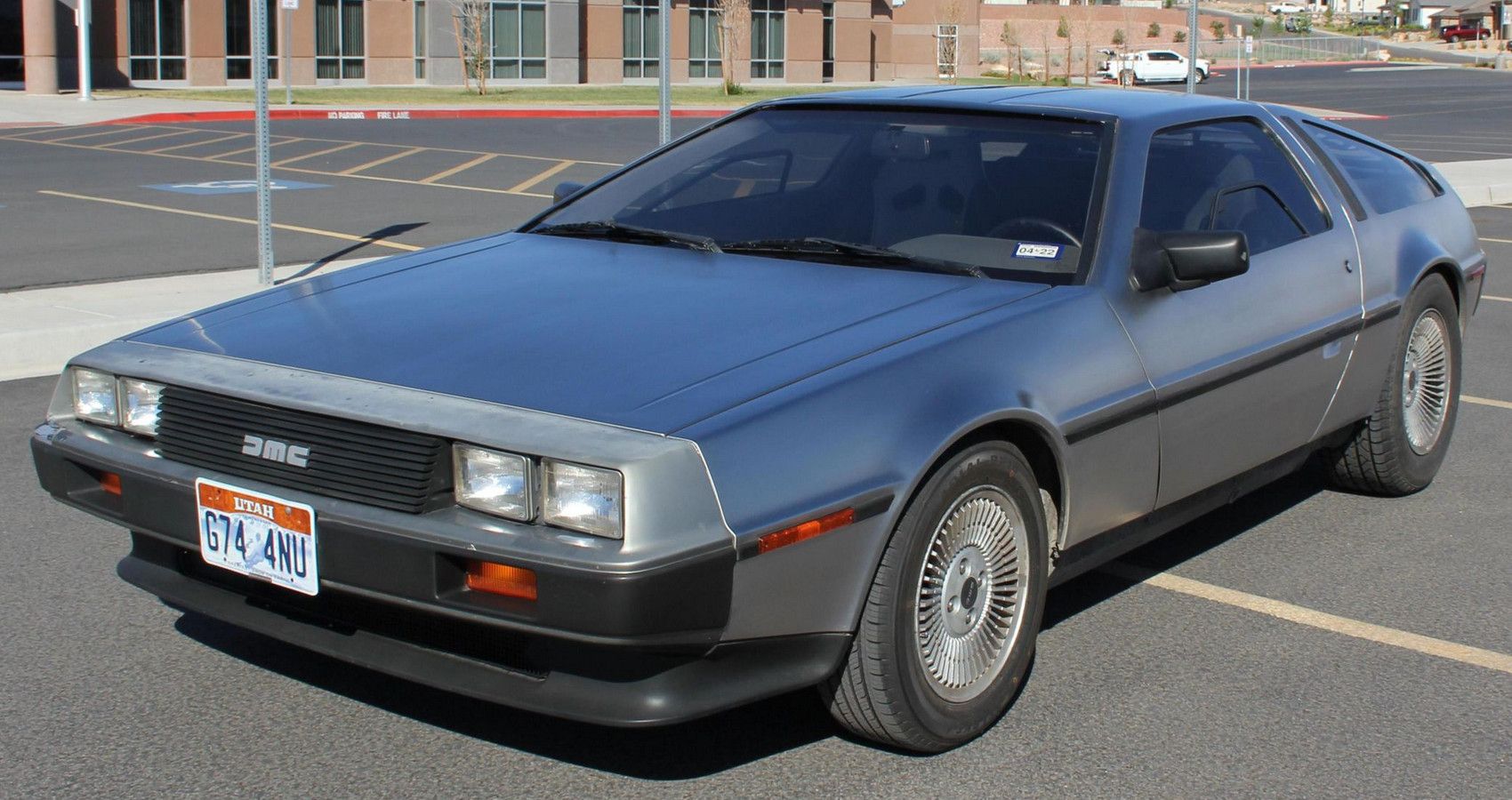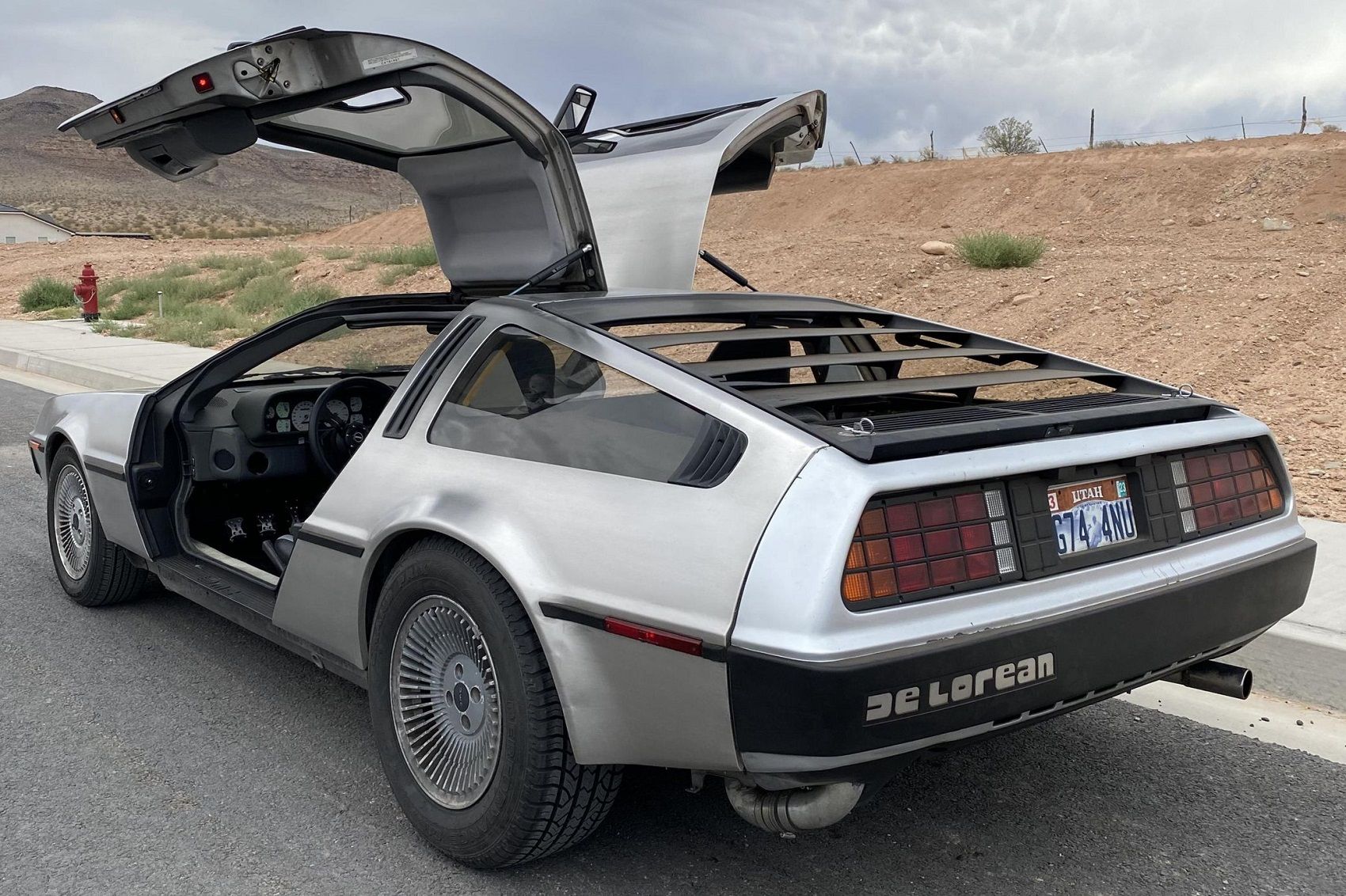With their reputations in tatters are these cheap Sports Cars quite as bad as people think?
Kicking off with the best bang for your buck of any carmaker, Chevrolet. The U.S. giant has been fueling gearheads’ passion for V8s since the ’60s. Cheap to buy and fun to drive. Even with huge successes behind it, Chevrolet hasn’t always delivered on its promises. A contender for the worst cheap sports car ever, the brawny, but slow C3 Corvette California 305.
While the Corvette has an excuse based on cost price, there can be no excuse for Ferrari’s worst efforts. Occupying the cheap seats for Ferrari, the Mondial is as cheap as the prancing horse has sunken. Suspect styling and an underwhelming V8 are where gearheads like to waste their cash.
Yet, somewhere in the middle ground, there are some misjudged underrated sports cars. Cars labeled as bad, dangerous, or plain boring deserve a second chance or two. Cheap Porsches, roadsters, and hot-rod look-a-likes are waiting to prove gearheads wrong. All you need to do is slide into the driver’s seat and go for a spin.
10 Triumph Stag
Thanks to some hot Italian stying, the Triumph Stag shifted 26,877 cars with a healthy number exported to the U.S. Penned by Giovanni Michelotti, the Stag is a 2+2 roof off cabriolet on warmer days, with an optional hard top roof.
However, the Stag is more famous for its other hot item, its engine. Under the hood, a late change of design saw Triumph’s 3.0-liter V8 replace the carmaker’s straight six. It’s here Triumph dropped the ball with countless cooling-related issues. Cheap to buy, and even cheaper to upgrade the Stag is a great buy if you know what you’re doing.
9 Pontiac Fiero
The sports car Pontiac wished gearheads would be more forgiving over. In 1983, the Fiero looked set to be America’s first mass-produced mid-engined sports car. However, gearheads quickly discovered the Fiero was anything but fast.
Criticized for its woeful performance and quality issues the Fiero came good in the GT model. Yes it would still break down, and in some cases even catch fire, but with some TLC the Fiero is agile and fun to drive. The negatives are a blessing in disguise. Bagging yourself an MR2 alternative for cheap the Fiero is hard to ignore.
8 Porsche 914
Cheap and Porsche, enough to strike fear into die-hard Porsche fanatics. The 914 enjoys a curious reputation that belies what Porsche and VW set-out to achieve. The former needed a budget sports car to bolster sales. VW needed a Karmann Ghia replacement.
Porsche went it alone with two engine options, with the flat-four engined 914/4 the biggest seller. If you were one of the first 914 buyers you did so based on Porsche’s reputation and not for speed. But don’t be too hasty in writing the 914 off as an upmarket VW. In 1973 the boxer engine grew to 2.0-liter, boosting output to 101 hp, adding a welcome boost in performance.
7 Maserati Shamal
Maserati’s dark days of Biturbo branded cars make for grim reading. Plagued by build and reliability issues the Italian carmaker faced certain ruin. The Shamal, despite its familiar face and twin-turbocharged engine, is different. Under the hood, a new 3.2-liter V8 turbocharged engine cranked out 326 hp.
The AM479 engine evolved from the V6, adding extra cylinders and a dose of dependability. For Maserati, this new level of reliability came too late. The Shamal found 369 owners willing to overlook the brand’s reputation.
6 Plymouth Prowler
Credit where it’s due, Plymouth nailed the Prowler’s hot-rod inspired styling. Gearheads were less enthusiastic pointing out the Prowler’s disappointing engine and transmission. Under the hood, you got a 3.5-liter V6 mated to a four-speed automatic box driving the rear wheels. Close, but no cigar.
Yet, think of the Prowler as a second car for fun at the weekends, and Plymouth got their sums right. How much power do you need in a two-seater weighing 2,800 lbs? Even with a slush-stirrer swapping cogs, the Prowler is quick off the line quick posting a 5.7-second 0-60 mph time.
5 Kia Élan
In Lotus circles, the Élan was a huge disappointment due to its front-drive chassis. By the time Lotus had ramped up production, Mazda came along with the MX-5 landing a killer punch. The Lotus Élan overpriced died shortly afterward.
Hoping to recoup its investment, Lotus sold the tooling and design to Korean carmaker Kia. Tempted by Élan’s good looks without the price? The Kia is identical, only a change to the car’s badges and tail lights separates the two. Under the hood, it’s a different story. Isuzu turbocharged engines made way for a 1.8-liter T8D four-cylinder rated at 136 hp.
4 Ford Probe GT
A vocal intervention by gearheads prevented Ford’s Probe from replacing the Mustang. Ford was quick to rethink its plans. Even as a cheap standalone sports car, the Probe faced a rough ride. A combination of front-wheel drive and lackluster engines made the Probe a hard sell.
In later years, Ford rectified some of the Probe’s shortcomings with a hotter GT Model. The GT boasted a Mazda-sourced 2.5-liter V6 cranking out 165 hp and could hit 60 mph in 7-seconds with a manual box. Better, but not stellar performance, the Probe fizzled out in 1997. Staging a comeback, the Probe is a rising star in tuner circles.
3 Toyota MR2 Spyder
Gearheads should be wary of the MR2’s cutesy double-ended appearances. In the wrong hands, Toyota’s third-generation MR2 has a deadly reputation. Push too hard, and you’re met by a spin-inducing snap-oversteer. It’s a common trait present in every MR2 with their mid-engined sports car design ethos.
Does the MR2 Spyder merit its place among the most dangerous cars? Not if you stay within your own comfort zone. With a small 1.8-liter, 1ZZ engine slung out back putting down 138 hp the MR2 posts a brisk 0-60 mph time of 7.9-seconds. Take heed of the warning signs, and the MR2 is a blast.
2 Jaguar XJR-S
Make no mistake, the awkward styling and running costs didn’t endear the XJR-S to gearheads. Remember, the XJS was Jaguar’s vision of a replacement for the E-Type. Uglier, but no less a competent long distance-cruiser, the XJS lingered on until 1996. All the while, flying under the radar with some TWR updates worthy of gearheads’ respect.
TWR, responsible for Jaguar’s Le Man’s success, tuned and fettled the XJS. A powerful 6.0-liter V12 engine and track-tuned suspension made the XJR-S one of the best ’90s sports cars. It will never win any beauty contests, but that’s not what the Jag is about.
1 DeLorean DMC-12
Critics slated the DeLorean as a slow and ponderous car with shocking build issues. Rushed into production after several major design changes the DMC-12 tanked. But, who wouldn’t want one? Nothing else on the road before or since has such presence.
You’re not going to win any drag races with a 0-60 mph time of 8.8-seconds, the DMC-12 is better suited to posing. As Doc Brown said, “if you’re going to build a time machine you might as well do with some style.” At the center of most critics’ gripes, the aging PRVR 2.85-liter V6 produced an underwhelming 130 hp.
